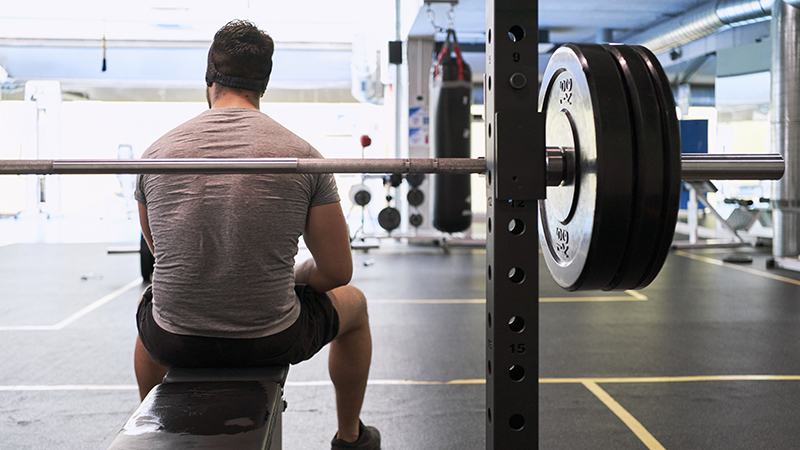Don’t Let Winter Chill Your Running Routine
Published February 2020
Tips for Running in the Winter
Winter brings easy excuses to avoid exercise: It’s cold; it’s dark; it’s snowing; I’m tired; I’m stiff. Don’t let these excuses — or injuries — derail your running progress in colder months.
Here are tips for keeping your running routine going in the winter from Northwestern Medicine Sports Medicine Physician Sander S. Rubin, MD.
Warm Up
“You are going to feel stiffer in the winter because your muscles aren’t getting as much blood flow in the cold,” says Dr. Rubin. “Warming up indoors will decrease your risk of cramps and injuries.”
“Indoors” is key. Your muscles need the warmer temperatures to dilate your blood vessels to deliver oxygen to them, which will help prevent cramps, tears and sprains. Spend five to 10 minutes warming up with light cardio, bodyweight exercises like squats or lunges, and stretching.
Warming up indoors will decrease your risk of cramps and injuries.— Sander S. Rubin, MD
Move Your Finish Line Closer to Home
“If you finish your run and then walk a bit of a distance to get home in the cold, you increase your risk of cramping,” says Dr. Rubin. “Try planning your run so that you finish close to an indoor space.” This allows you to stretch while your muscles are still warm to avoid tears or other injuries.
Tread Carefully
“If you’re running in colder temperatures, there’s an increased fall risk due to snow and ice,” says Dr. Rubin. “Make sure you have shoes with good traction and avoid especially icy areas.”
Ankle and wrist fractures from breaking falls are exceedingly common in colder months.
Go Low and Slow
You may not be running as often in the winter as you did in the summer, which means your body may not be in top running shape.
“If you’re not running as often, restart your running regimen low and slow,” says Dr. Rubin. “Gradually increase the frequency and intensity of your runs to avoid overuse injuries.”
Dress for the Weather
Hypothermia is a risk when running in colder weather. Avoid wearing too many layers and overheating.
“Dress as if it’s 20 degrees F warmer than the actual outside temperature,” says Dr. Rubin. “Wear removable layers to regulate temperature during your run, and be sure to cover the hands and head to avoid losing heat fast.”
Hydrate
You may not be sweating as much as you do in warmer months, but that doesn’t mean you need to drink less water.
Don’t Rule Out Running Your Best
If you’re deterred by running outside, remember this: “Often elite runners achieve their personal best times in colder weather. Because your body doesn’t have to work as hard to cool you off, it can allocate more energy to powering your muscles,” says Dr. Rubin. While this certainly doesn’t mean you have to push yourself to a new personal record in the cold, it’s a good mindset to inspire you to lace up and get outside.
Get a Gait Analysis
If your running routine lightens up in the winter, it may be an opportune time to get a gait analysis before spring hits. A gait analysis can help detect inefficiencies in your running movement that may lead to tissue and joint injuries over time.





